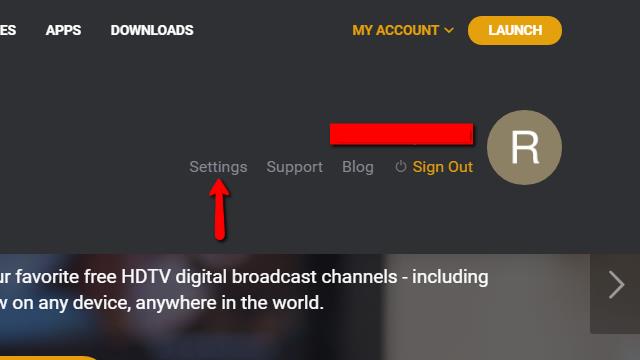

You can optimize an individual show, a series, or even your entire library. Media optimization is also useful if you know lots of people will be watching a video remotely at the same time, as it will ease the pressure on your CPU. No further transcoding will be necessary. It means they'll be instantly ready to play on your chosen device. The Optimize feature is best thought of as a "pre-transcoder." It lets you select certain videos and convert them to another format.įor example, if you know you want to watch Toy Story, Beauty and the Beast, and Batman on your iPad while you're traveling next week, you can optimize the video files in advance. It might require some trial and error on your part. Consider the power of your CPU, whether it's a dedicated server, and how many people will be streaming at the same time, and set a number accordingly. Logic dictates that the more simultaneous transcodes you allow, the bigger the strain on your CPU.

There are three values you need to know about (click on Show Advanced to see them all): The solution is to tweak your transcoder's settings ( Settings > Settings > Transcoder). Even if you've got a dedicated server, you'll eventually reach its limits if many items are transcoding at the same time. If your Plex server is running on a non-dedicated computer, you probably don't want all your CPU's power to be eaten up. The drawback of transcoding is that it's very CPU-intensive. Therefore, Plex can alter your videos on-the-fly to ensure they are compatible with other gadgets. However, mobile devices and set-top streaming devices may struggle. For example, desktop PCs and laptops normally have powerful processors that can handle most file formats, codecs, resolutions, and subtitles. Plex can transcode your videos so that they are playable on other devices.


 0 kommentar(er)
0 kommentar(er)
